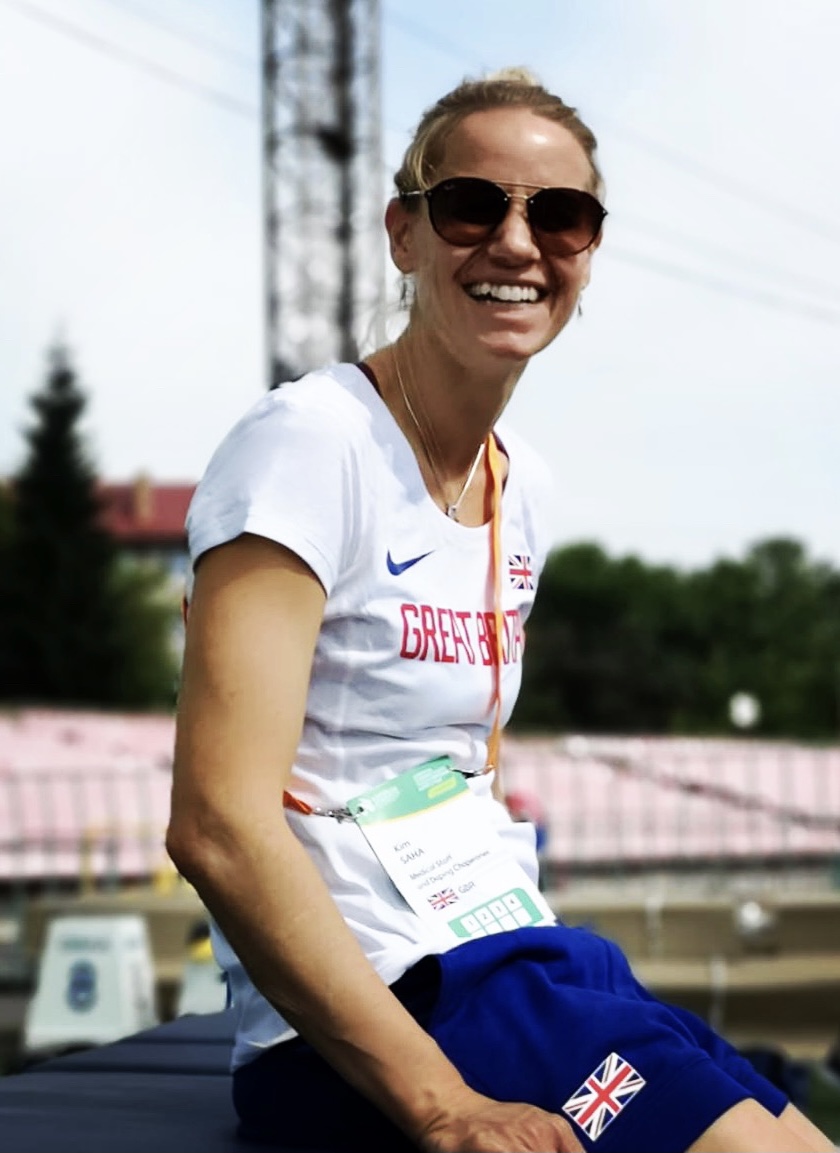What is Radial Shockwave Therapy?
September 20, 2024Radial Shockwave Therapy machines are small, portable and simple to run.
Extracorporeal Shockwave Therapy (ESWT) was first explored in the 1950s following the second world war. Skip a few decades, evidence is published on how ESWT can be used for Musculoskeletal (MSK) Problems (aches and pains) .
In summary, Radial Shockwave Therapy is a non-invasive medical treatment that generates sound waves to treat a variety of MSK conditions.
How does it work for MSK injuries?
Radial Shockwave Therapy stimulates tissues and promotes an inflammatory response to kickstart the healing process. It is also shown to be effective to:
- Reduce pain,
- Improve blood flow,
- Promote cellular activity
The primary physiological mechanism of Radial Shockwave Therapy is mechanotransduction, where a mechanical force is converted into a biological response of the tissue.
This could be activating blood flow to the area to stimulate fibroblasts to produce collagen for scar tissue and then normal elastic tissue
In truth, there is a lot we don’t know about how it works. But, being a non-invasive, mechanical input, the contraindications are minimal, meaning most patients can safely receive the treatment and see/feel its benefits.
How effective is Radial Shockwave Therapy for MSK injuries?
Firstly, Radial Shockwave Therapy is shown to be safe and effective for many physical conditions. It is definitely more effective when used in combination with progressive loading and exercise programmes.
The effectiveness of Shockwave Therapy has been studied since the 1980s, and there are thousands of papers showing its’ effectiveness for the following conditions:
- Plantar fasciitis,
- Tennis/Golfer’s elbow,
- Achilles tendinopathy
- Patella tendinopathy
- Calcific tendinopathy (shoulder)
The effectiveness of the treatment is based on factors such as:
- Correct diagnosis
- Stage of healing for the injury
- The severity of the injury
- Age and overall health of the patient
Another factor is your therapists expertise and treatment application.
Overall, studies show that Radial Shockwave Therapy helps reduce pain and improves function in patients with these physical conditions.
How many Radial Shockwave Therapy sessions are required for improvement?
There are a few factors that can affect this but, general rule of thumb is:
- 3-6 shockwave treatments every 5-7 days
- 2000-3000 shocks per treatment
- 2 courses of shockwave may be needed
· Generally, the full effects will be seen anywhere between 4-12 weeks post-initial treatment.
· But of course – it all depends!!
Does Radial Shockwave Therapy hurt, and are there any side effects?
The treatment certainly isn’t comfortable, but it should always be tolerable. Around 5/10 pain. Some patients can tolerate the treatment more than others, so we adjust the levels accordingly to suit the patient.
There may be some minor side effects which can include:
- Local redness or swelling
- Bruising
- Pain or discomfort after treatment
- Levels are adjusted per session to reduce the incidence of the above
Can Radial Shockwave Therapy be used with other Physiotherapy treatments?
Definitely! Radial Shockwave Therapy shouldn’t be used alone and should be complemented by Exercises.
Many studies have shown that a combination of Shockwave Therapy and exercises was superior to exercises or shockwave alone. Exercise rehabilitation will help improve strength and range of movement.
Regarding medications, a patient who is taking an anti-coagulant is contraindicated.
Medications, like aspirin, should be approached with caution.
It is best not to take anti-inflammatories whilst receiving shockwave therapy. Any further questions about radial shockwave therapy, please ask your physiotherapist
Blog Sourced from www.physiquipe.com
Posted by Kim Saha. Posted In : Shockwave Therapy
